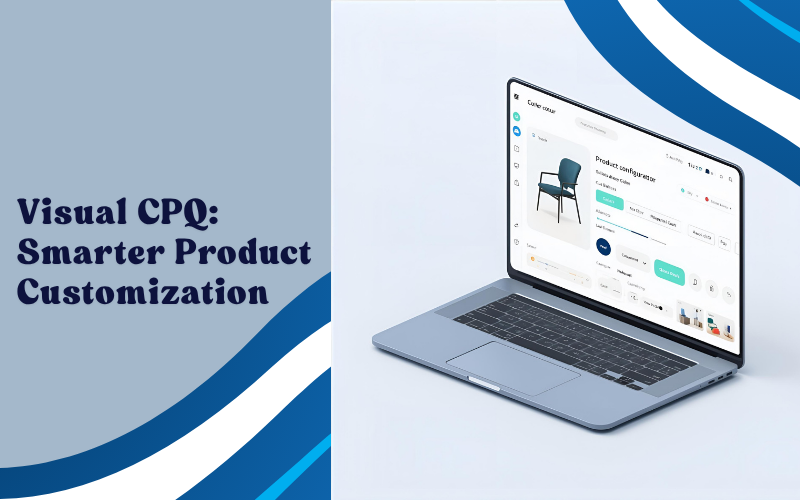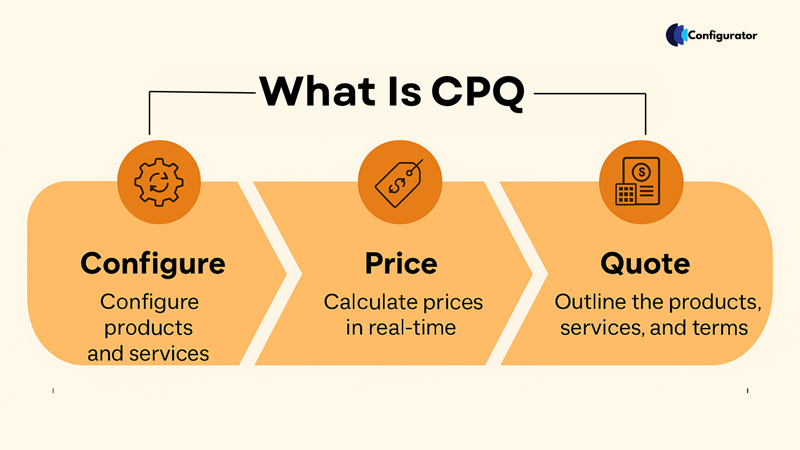As a business owner, you’re always looking for ways to increase efficiency and productivity. One way to do this is to configure your product to make sure it’s meeting your needs. Product configuration is a powerful tool that can help you unlock your product’s full potential and reap the benefits of a tailored product. In this article, we’ll discuss the benefits of product configuration, how to configure your product, and strategies for successful product configuration.
What is product configuration?
Product configuration is the process of customizing a product to meet a customer’s specific needs. It can be done manually or through a software program. Product configuration can be used to customize a product’s features, components, and services. The result is a tailored product that is tailored to your specific needs. Product configuration can be used to create a unique product that is tailored to your customer’s desires. This can not only help you increase sales, but also improve customer satisfaction and loyalty. Product configuration can also help you reduce costs, as it can be used to reduce the time and resources required to develop a product.
Benefits of configuring your product
One of the biggest benefits of product configuration is that it allows you to create a custom product that meets your customer’s needs. With product configuration, you can create a personalized product that is tailored to your customer’s desires. This can help you increase sales and improve customer satisfaction. Product configuration also allows you to create a product that is cost-effective. By configuring your product, you can reduce the time and resources required to develop a product. This can help you reduce costs and make your product more profitable. Product configuration also allows you to reduce the risk of errors. By configuring your product, you can ensure that the product meets your customer’s needs and is free from errors. This can help you reduce the risk of customer dissatisfaction and ensure that your product is of the highest quality.
Types of product configuration
There are several types of product configuration, depending on the needs of your product and customer. Some of the most common types of product configuration include: Feature configuration: This type of configuration allows you to customize the features of your product, such as color and size. Component configuration: This type of configuration allows you to customize the components of your product, such as the number of ports and the type of processor. Service configuration: This type of configuration allows you to customize the services that are included with your product, such as installation and customer support.
Benefits of configurable product
Configurable products have several benefits that can help you increase sales and improve customer satisfaction. One of the biggest benefits of configurable products is that they are more flexible. By configuring your product, you can create a product that is tailored to your customer’s needs. This can help you increase customer loyalty and satisfaction. Another benefit of configurable products is that they are more cost-effective. By configuring your product, you can reduce the time and resources required to develop a product. This can help you reduce costs and make your product more profitable. Finally, configurable products are more reliable. By configuring your product, you can ensure that the product meets your customer’s needs and is free from errors. This can help you reduce the risk of customer dissatisfaction and ensure that your product is of the highest quality.
How to configure your product
Configuring your product can seem daunting, but it doesn’t have to be. Here are some tips for successful product configuration: Research: Research your customer’s needs and what features and components they require. Plan: Create a plan for how you will configure your product. Test: Test your product configuration to ensure it meets your customer’s needs. Implement: Implement your product configuration and test it again.
Challenges of product configuration
Product configuration can be difficult, and there are several challenges you may face. One of the biggest challenges is making sure your product meets your customer’s needs. You need to make sure that the product is tailored to their desires and is free from errors. This can be difficult, as you need to make sure that the product is reliable and meets your customer’s needs. Another challenge is making sure your product is cost-effective. By configuring your product, you need to make sure that you are reducing the time and resources required to develop the product. This can be difficult, as you need to make sure that the product is cost-effective and still meets your customer’s needs.
Tips for successful product configuration
Product configuration can be difficult, but there are several tips you can follow to ensure successful product configuration. Here are some tips for successful product configuration: Research: Research your customer’s needs and what features and components they require. Plan: Create a plan for how you will configure your product. Test: Test your product configuration to ensure it meets your customer’s needs. Implement: Implement your product configuration and test it again. Monitor: Monitor your product configuration to ensure it is meeting your customer’s needs. Adapt: Adapt your product configuration to meet the changing needs of your customers.
Strategies for configuring your product
Product configuration can be difficult, but there are several strategies you can use to ensure successful product configuration. Here are some strategies for successful product configuration: Automation: Automate your product configuration to reduce the time and resources required to develop a product. Collaboration: Collaborate with your team to ensure that the product meets your customer’s needs. Simplification: Simplify your product configuration process to ensure that it is easy to use and understand. Customization: Customize your product configuration to ensure that it meets the needs of your customers.
Tools for product configuration
There are several tools that can help you configure your product. Here are some of the most popular tools for product configuration: Configuration software: This software can help you automate your product configuration process. 3D printing: This technology can help you customize the components of your product. Machine learning: This technology can help you quickly and accurately configure your product. AI: This technology can help you analyze customer data to create a product tailored to their needs.
Conclusion
Product configuration is a powerful tool that can help you unlock your product’s full potential and reap the benefits of a tailored product. By configuring your product, you can create a product that is tailored to your customer’s needs and is cost-effective. You can also reduce the risk of errors and ensure that your product is of the highest quality. There are several tools and strategies you can use to configure your product, such as automation, 3D printing, and machine learning. By using these tools and strategies, you can ensure that your product is configured correctly and meets your customer’s needs. Are you ready to unlock the full potential of your product? Start configuring your product today and reap the benefits of a tailored product. Buy now and get started on your product configuration journey!




